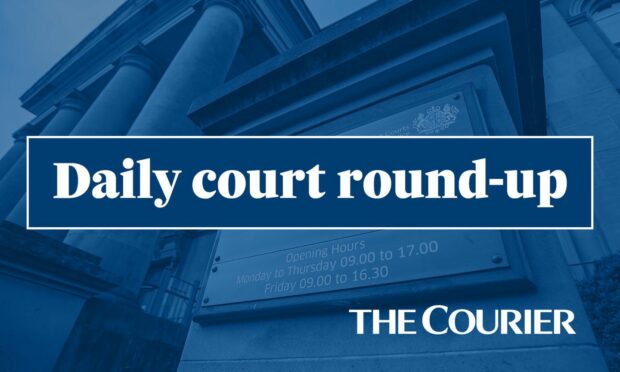A council tax rise is “almost inevitable” and hundreds of job losses are likely as Fife Council strives to balance the books in 2017, its leader has conceded.
David Ross was speaking as he suggested that the recent TV focus on day-to-day life at Fife Council will hopefully help people get a fuller understanding of the desperate financial challenge facing local authorities across Scotland.
The hit fly-on-the-wall series ‘The Council’ finished its three-episode run this week and has been met with a mixed response, although Mr Ross said the local authority had been “vindicated” in its decision to take part.
And with February’s budget looming and Fife facing a £32 million shortfall, Mr Ross believes the programme will spark debate about how council services should look moving forward.
“I thought it was a really good programme, really interesting and I think it exposed a whole lot of issues,” he explained.
“I think the most important thing about it was that it has got people talking about local government services and the role that local government has in our communities.
“There’s been very mixed reactions, very strong reactions to the programme, both negative and positive, but people are talking about things and it has stimulated the debate.
“What’s most important is that I think you now have a frame of reference that you can talk to people about, about what it really means rather than all these big multi-million figures.
“The programme has illustrated very well the day-to-day work that goes on and, without being political about it, it has demonstrated the challenges and the pressures that the funding situation puts on us.
“There are obviously some really difficult choices and decisions that have to be made because we haven’t got the funding to do all the things everybody would like us to do.
“We’re surviving year-to-year at the moment but if it carries on like this then the council will be unrecognisable (from what it is now).
“The worry I have that the value of councils and the value of locally determined decisions and democracy is not recognised at Scottish Government level.”
More cuts are certainly on their way, and Mr Ross revealed that officers have given early indications of job losses.
“It’s too early to make any real predictions but the top line figure we’ve been told this year is around 300,” he said.
“That depends on the decisions we actually make at budget time, but that wouldn’t be an unreasonable projection.
“As always we’re doing our best to protect jobs because, in the long run, that protects services.”
One way open to councils to help fill the budget gap is to raise revenue through council tax, and it now looks odds on that Fife’s will rise by up to 3% — the maximum figure set out by the Scottish Government when it lifted the council tax freeze.
“The final decision hasn’t been taken but I think it’s almost inevitable,” Mr Ross admitted.
“We’ve been figuring that into our calculations anyway. If we don’t raise it we’re looking at making another £4.6 million of cuts.
“I think we would have raised the council tax last year if we could, and I think that would have put us in a better position, but ultimately we should be getting rid of the council tax and replacing it with something fairer and better.”










